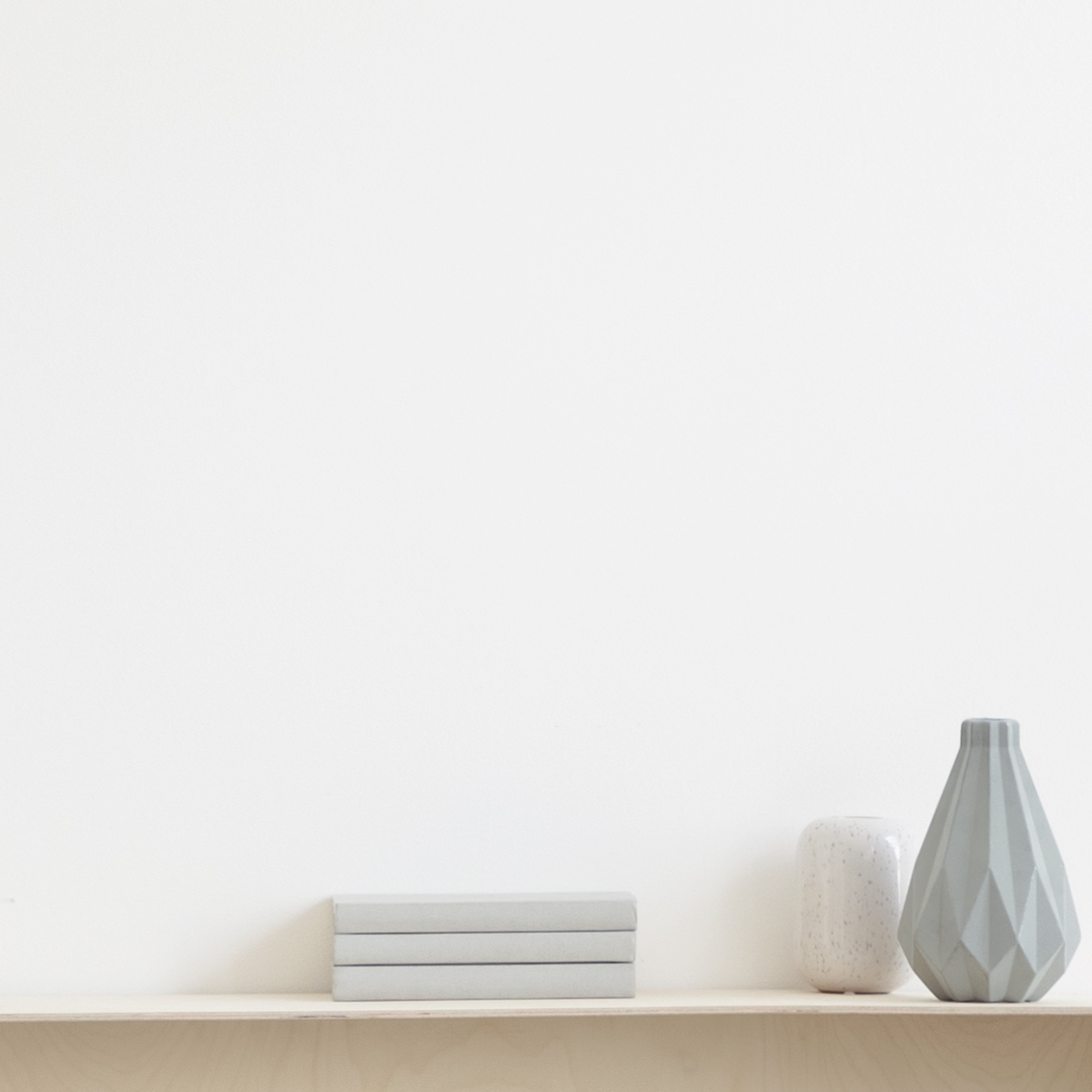Vendedor ArtMajeur by YourArt
-
Obras de arte originais (One Of A Kind)
Pintura,
Óleo
em Tela
- Dimensões Altura 15,8in, Largura 11,8in
- Condição da obra de arte A arte está em perfeito estado
- Moldura Esta obra de arte não está emoldurada
- Categorias Pinturas menos de US$ 500 Abstrata Abstrata
Temas relacionados
The defining aesthetic feature of the work of Chinese painter Wei Xiong, who divides her time between Los Angeles, where she worked for twenty years as a fashion designer before turning to painting full-time, and Chengdu, China, where she was born, is how seamlessly she has merged both her adopted and original cultural identities in her paintings. Inspired by a potent combination of Zen Buddhism, Chinese Philosophy and Western philosophy, Xiong has evolved a distinctive painterly perspective in works that adapt the ethereal elements and nature-inspired (albeit abstract, in her case) subject matter of traditional Asian ink painting on gossamer rice paper to the material presence of Western oil painting on canvas or linen without sacrificing the most distinctive features of either mode of expression. What she has retained from the former is a certain poetry of expression and coloristic restraint, which she bolsters with the textural substance of the latter in a manner that lends her compositions a unique flavor. What Xiong has obviously learned from her study of Zen is how to approach the things of this world from within, to absorb them and be absorbed by them, as opposed to experiencing them externally. It is an approach that lends itself quite naturally to the tranquil style of lyrical abstraction that she practices.
-
Nacionalidade:
CHINA

- Data de nascimento : data desconhecida
- Domínios artísticos: Representado por uma galeria,
- Grupos: Artistas Contemporâneos Chineses Artistas apresentados por uma galeria









